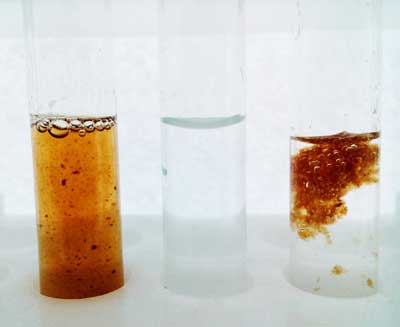 Graphene is capable of purifying water, making it drinkable, without further chlorination. Capturing bacterial cells, it forms flakes that can be easily extracted from the water. Graphene separated by ultrasound can be reused.
Graphene is capable of purifying water, making it drinkable, without further chlorination. Capturing bacterial cells, it forms flakes that can be easily extracted from the water. Graphene separated by ultrasound can be reused.
Monday, April 29, 2019
How to purify water with graphene
 Graphene is capable of purifying water, making it drinkable, without further chlorination. Capturing bacterial cells, it forms flakes that can be easily extracted from the water. Graphene separated by ultrasound can be reused.
Graphene is capable of purifying water, making it drinkable, without further chlorination. Capturing bacterial cells, it forms flakes that can be easily extracted from the water. Graphene separated by ultrasound can be reused.
Formation of honeycomb nanostructures finally explained
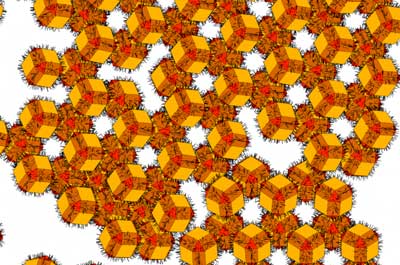 Scientists have developed a simulation model that reproduces the formation of these nanostructures in detail.
Scientists have developed a simulation model that reproduces the formation of these nanostructures in detail.
Water creates traps in organic electronics
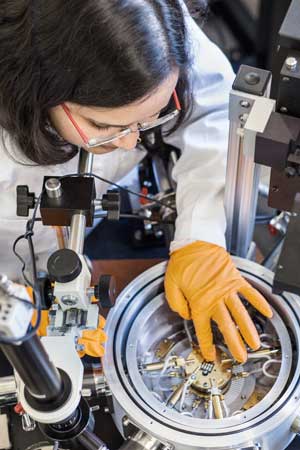 Scientists show that the motion of charges in organic electronic devices is dramatically slowed down by minute amounts of water.
Scientists show that the motion of charges in organic electronic devices is dramatically slowed down by minute amounts of water.
Squid skin inspires creation of next-generation space blanket
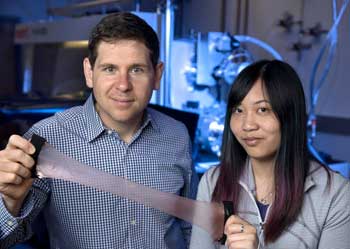 Engineers have developed a next-generation, adaptive space blanket that gives users the ability to control their temperature.
Engineers have developed a next-generation, adaptive space blanket that gives users the ability to control their temperature.
Novel 2D hybrid perovskite ferroelectric with high color rendering index
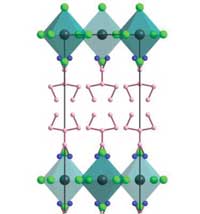 Researchers found that the orientation of organic cations and the significant structural distortion of PbCl6 synergistically induce the generation of large spontaneous polarizations.
Researchers found that the orientation of organic cations and the significant structural distortion of PbCl6 synergistically induce the generation of large spontaneous polarizations.
Nanomaterial-based artificial organelles protect normal cells against chemotherapy side effects
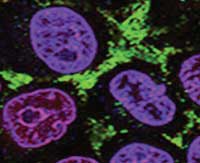 A novel strategy for capturing chemotherapeutics in normal cells rather than further optimizing tumor targeting, may reduce the cytotoxicity for normal cell and improve pharmacotherapy.
A novel strategy for capturing chemotherapeutics in normal cells rather than further optimizing tumor targeting, may reduce the cytotoxicity for normal cell and improve pharmacotherapy.
Decoupled graphene thanks to potassium bromide
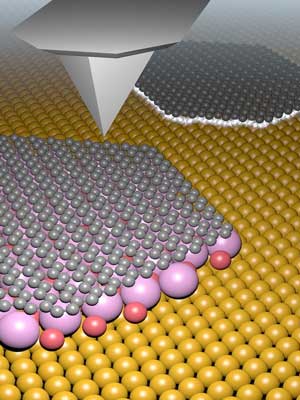 When potassium bromide molecules arrange themselves between graphene and copper, it results in electronic decoupling. This alters the electrical properties of the graphene produced, bringing them closer to pure graphene.
When potassium bromide molecules arrange themselves between graphene and copper, it results in electronic decoupling. This alters the electrical properties of the graphene produced, bringing them closer to pure graphene.
Subscribe to:
Comments (Atom)
